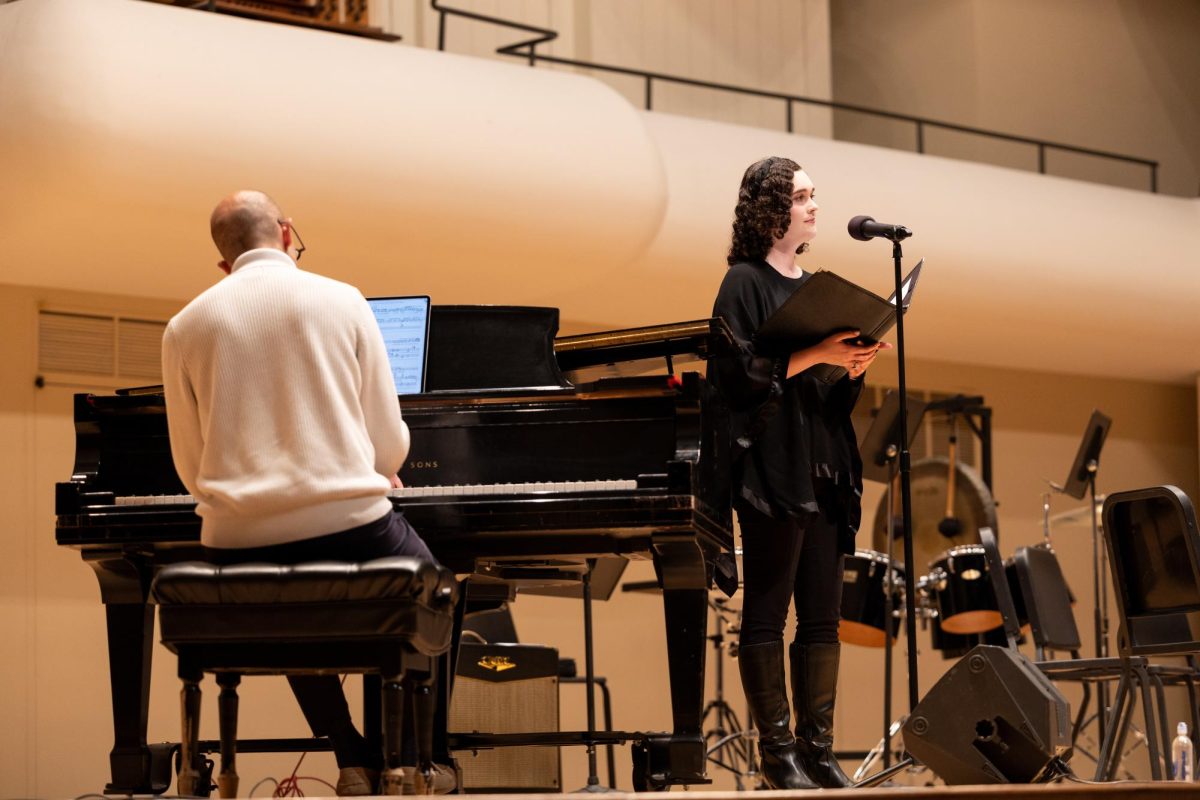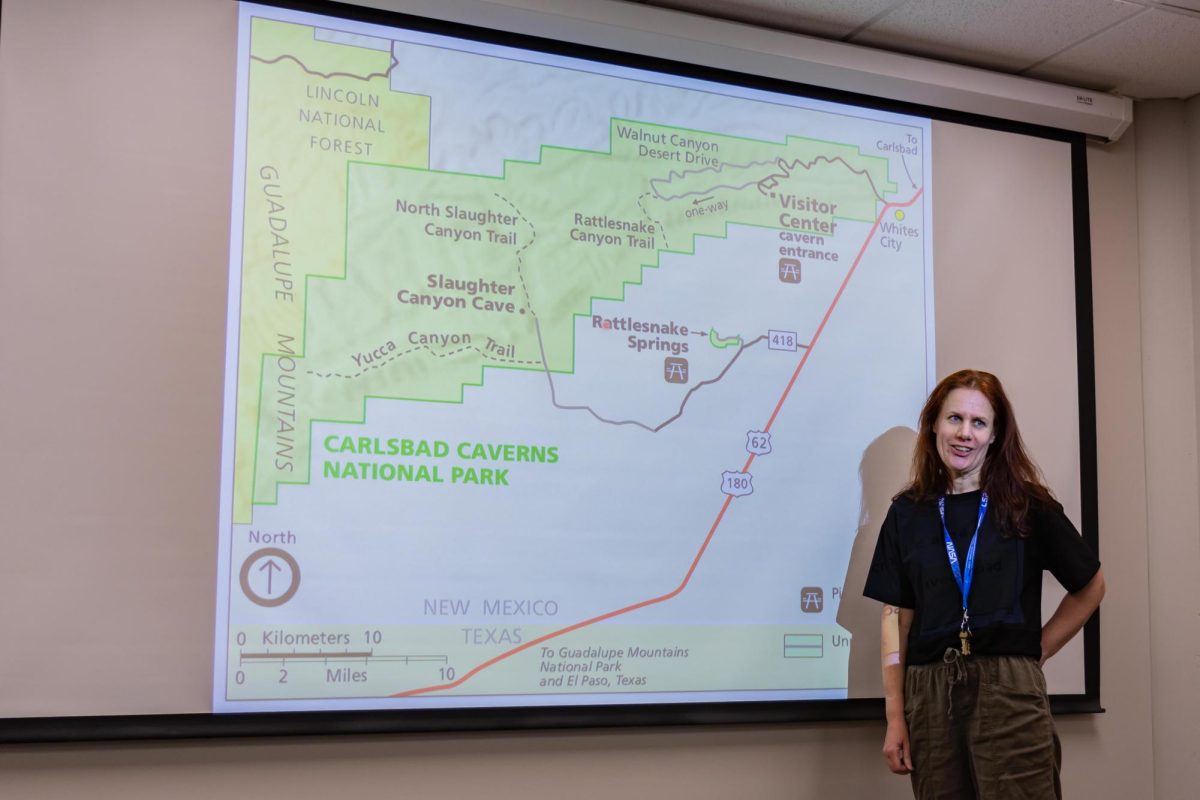It all started as a favor for a friend.
A few years ago, Boulder, Colo.-based real estate agent Greg Camalier road-tripped across the country to help Stephen Badger, his childhood friend, move to New Mexico. On the way, the two spent time in legendary Muscle Shoals, Ala., and they decided the town had a story that needed to be heard.
“You always have thoughts like, ‘Wouldn’t it be cool if…,’” said Camalier, director of the documentary “Muscle Shoals.” “It was a strong feeling to start with because we really thought that it was an unbelievable story. But still, for about six months or so, it was kind of a slow process trying to figure out how we were going to do this.”
Three years, dozens of interviews and countless hours of work later, Camalier and Badger’s pipe dream became a reality when “Muscle Shoals” premiered at the Sundance Film Festival in January 2013. Since then, the documentary has played at a variety of film festivals worldwide, gathering widespread praise and even picking up a 2014 Grammy nomination for Best Compilation Soundtrack for Visual Media along the way.
Thursday evening, the Muscle Shoals documentary will make its way to The University of Alabama for a special screening in the Ferguson Theater hosted by the American Studies Club.
Muscle Shoals’ population may be small – around 13,000 – but its reputation is anything but. The rural northern Alabama town has hosted the likes of Otis Redding, Aretha Franklin, Eric Clapton, Lynyrd Skynyrd and many more of music’s most recognized names.
Muscle Shoals and neighboring cities Tuscumbia, Florence and Sheffield, known collectively as “the Shoals,” rose to fame in 1959 when Rick Hall founded FAME Studios. Ten years and countless hit records later, FAME’s in-house musicians, known as the Swampers, left FAME to open their own recording studio. Thus, the Muscle Shoals Sound Studio was born.
(See also “A musical road: Muscle Shoals’ rich heritage in music makes its way to Tuscaloosa“)
Earning the blessing of Hall and each of the Swampers was one of the most crucial steps to completing the film, Camalier said.
“We went down there without cameras and met with Rick [Hall, founder of FAME Studios] and the Swampers,” Camalier said. “We introduced ourselves and said, ‘We want to make a film about you all.’ We knew that both parties would need to agree. That was a key moment in the process because if they had said no, we probably wouldn’t have made the film.”
Despite the area’s acclaimed reputation, Muscle Shoals’ story has never been told in documentary format before Camalier’s 2013 film. However, that wasn’t for lack of trying.
“When we came in, [Hall] was like, ‘Oh, another group of guys are gonna make a film, I’ve heard this about 30 times,’” Camalier said. “So they had heard a lot of people approach them, but no one had actually seen it through. Part of me says [that’s because] it’s a big story to tell, and there’s a lot of music and a lot of people to cover. But then again, [people can] make documentaries about everything.”
Through testimonials from a variety of famed musicians, including Gregg Allman, Mick Jagger, Bono, Aretha Franklin and more, “Muscle Shoals” attempts to uncover some of the mystery surrounding the area. How could a small, rural town in Alabama produce this seemingly endless series of hits? What was it about Muscle Shoals that fostered such powerful creativity?
“You can really tell that it’s human beings making the music,” Camalier said. “How they approached music, I think, was very important. They had no real ego, which I think really helped them to be better musicians.”
Camalier knew of Muscle Shoals’ musical significance before ever venturing into the world of documentary filmmaking, but throughout the filming process, he uncovered some facets of the area’s history that surprised him.
“I had no idea that the town had musical roots to it, even before the story covered in the movie, spanning decades, centuries and cultures,” Camalier said. “Before any Anglos or African-Americans lived there, the Native Americans that lived there had a whole musical relationship with the place. They believed the river was inhabited by a muse who sang songs to them, and they actually called the river ‘nunashae,’ which means ‘the singing river’ in their language. That, to me, was just fascinating.”
While the two-hour experience of watching a documentary does not compare to the three years Camalier spent researching Muscle Shoals, American Studies Club president Lauren Chase said watching the film will open students’ eyes to the diverse and colorful history that exists in their own backyards.
“We thought it was really important to give students exposure to local history and local musical culture,” Lauren Chase, a sophomore majoring in American studies, said. “With Muscle Shoals being such a big region pretty close to home, we thought it was a good way to connect to the student body and get them intrigued with what’s going on in the state of Alabama.”
Chase said she looks forward to seeing the documentary for the first time Thursday.
“I think it’s really important to know about the development of your state and how that got you to where you are,” Chase said. “With music being such a big faction of our culture, I think it’s critical to understand how it applies not only to the world when it was made, but also the world today. At every single football game you hear ‘Sweet Home Alabama.’ It’s probably good to know where that came from, where that sound is rooted in.”
(See also “The Bear, Doc Dailey, and Magnolia bring Shoals sound to Tuscaloosa“)
For some students, the relationship with Muscle Shoals doesn’t have to end when the documentary’s closing credits roll. The American Studies Club is in the early stages of planning an academic enrichment trip to Muscle Shoals that will take place in September.
The field trip and the documentary screening are the product of American Studies Club member David Scott, who visited Muscle Shoals for the first time on New Year’s Eve in 2012.
“Muscle Shoals is more than just a place in Alabama; it is a potential classroom,” said Scott, a third-year graduate student in the interdisciplinary studies doctoral program. “It is important for students from across the University to come together, look at a particular place in Alabama and discover some key piece of cultural history that enriches the studies in their major or minor.”
A trip to Muscle Shoals might feel like a vacation for University of Alabama students, but for Camalier, it feels more like going home.
“I feel like family in that town,” Camalier said. “The town feels similar to the way I perceived it when we first drove through there, but what’s changed is that I have a lot of very close friendships down there now. I feel very embraced by the town; it’s like going to a second home for me.”
The “Muscle Shoals” screening will take place in the Ferguson Theater from 6 to 8 p.m. Thursday. More information about the Muscle Shoals trip will be available at the event.
(See also “Jason Isbell returns to Tuscaloosa“)








